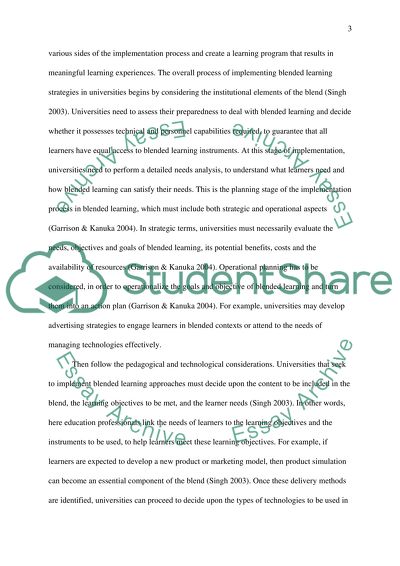Cite this document
(“Blended Learning Implementation in Universities Essay”, n.d.)
Blended Learning Implementation in Universities Essay. Retrieved from https://studentshare.org/education/1444166-blended-learning-implementation-strategies-in
Blended Learning Implementation in Universities Essay. Retrieved from https://studentshare.org/education/1444166-blended-learning-implementation-strategies-in
(Blended Learning Implementation in Universities Essay)
Blended Learning Implementation in Universities Essay. https://studentshare.org/education/1444166-blended-learning-implementation-strategies-in.
Blended Learning Implementation in Universities Essay. https://studentshare.org/education/1444166-blended-learning-implementation-strategies-in.
“Blended Learning Implementation in Universities Essay”, n.d. https://studentshare.org/education/1444166-blended-learning-implementation-strategies-in.


